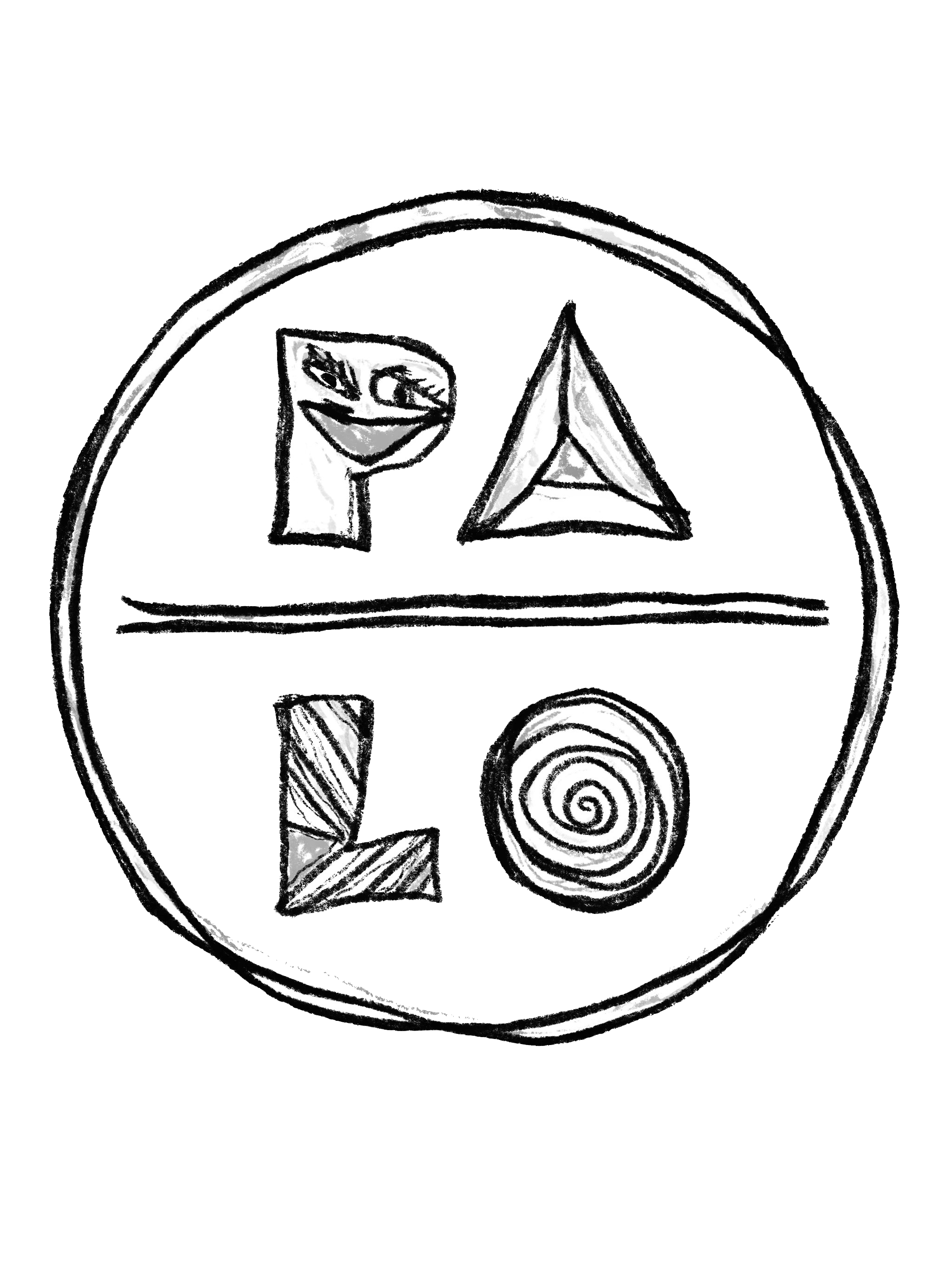Remember the portrait?
For centuries the painted canvas, marble sculpture and photographic study of the human figure has served as a gateway to the past and the mind of the artist. Lately, though, portraiture has been obscured by the selfie, and the hasty smartphone shot, but a new exhibition is nudging the genre back into the spotlight and examining it from different angles.
Palo Gallery’s latest show, “Whose Muse: A Contemporary Survey of 21st Century Portraiture,” features 60 portraits by 50 artists and photographers ranging from well-known names such as Lucian Freud, Louise Bourgeois, and Susan Meiselas to emerging ones including Lorenzo Amos, Charlie Gosling and Sergey Kononov.
The gallery’s founder Paul Henkel says that when he looked at the landscape of contemporary art “it was very rare to find honest, intense portraiture” or representations of people.
“So we decided to do a show of very honest, raw portraiture, one that was very much focused on the artist and the relationship between the artist and the sitter,” says Henkel, who hails from a collecting family and whose background is in art history and the Old Masters.
His mother is Katrin Bellinger, a longtime partner at Colnaghi, the storied international gallery that specializes in Old Master paintings. His paternal grandmother, Gabriele Henkel, was a journalist and critic who built the art collection for Henkel, the family business and German multinational that owns brands including Schwarzkopf and Authentic Beauty Concept.
Henkel says he’s been hooked on art ever since he was seven years old and his mother let him put the red stickers on the sold drawings at her gallery openings. As a child he was educated in England and later studied at New York University in New York and Florence. He has a master’s in German Romanticism from the university’s Institute of Fine Arts.
He and his team have been taking a refreshingly academic approach to their shows, putting them in cultural and historical context. Henkel says the aim is to educate — not intimidate — the viewing public and his clients, many of whom are under age 35.
“Galleries often give you no explanation of what’s going on. You’re just expected to figure it out, or maybe when you open the checkbook someone will explain it to you. I didn’t want to put up a wall between art and the larger public who may not be collectors or have an art history degree,” he says.
“Whose Muse” takes a similar deep dive into culture and focuses on the long and intense process of portrait-making in a society inundated with smartphone images that can be edited, enhanced and dispatched in minutes.
The show asks viewers to slow down, think about who they’re looking at, and why the artist made the work.
Images include Meiselas’ photographs of strippers from a carnival show. The documentarian and photographer had traveled with the carnival and gotten to know the women as they plied their trade.
There are also Jane Hilton’s portraits of female Nevada sex workers at home and going about their daily lives. Henkel admits the portraits are very hard to look at, which is why he wanted them for the show.
“Whose Muse” also features a print from Esme Hodsoll, a painter and draughtsman based in Paris. Henkel says she’s one of the few artists who still physically sits with her subjects and it sometimes takes her years to finish her portraits.
He’s also intrigued by Sara Berman, a former fashion designer, and has included one of her “Hoodie” paintings in the show.
“She’s interested in clothes as tools of comfort, shielding, insecurity, anxiety and liberation,” says Henkel, adding that he can see references to Egon Schiele and to Picasso’s Blue and Rose periods in her paintings.
“She’s having a very interesting conversation about clothing portraiture, which has always played such a big role in history. The silk gown you wear for your grand portrait with Rubens is very important, too,” he says with a smile.
Henkel has also brought on board a new artist, Auudi Dorsey, who is based in New Orleans and whose work examines intimate moments. He points to one of Dorsey’s paintings of a Black man wearing nothing but a pair of briefs with a Superman logo. Henkel says there was no sitter for that portrait. Instead, the artist was relying on memory and conjuring a moment.
While the artists in “Whose Muse” may have different approaches, talents and obsessions, Henkel believes they all have a similar aim. “Any really good portrait is just as much a portrait of the artist as it is the sitter,” he says.
He also quotes John Singer Sargent. “He said, ‘Every time I paint a portrait I lose a friend.’ Sargent said that because the portrait is not about the subject. It’s about the artist doing what the practice requires,” says Henkel, using Picasso as an example.
“Picasso’s portrait of Gertrude Stein is maybe not the most flattering image of her — she looks massive, almost burly. But in it her importance, strength and the power she wielded over artists is so prevalent. It shows Stein as an unstoppable force — even to someone with an ego as big as Picasso’s.”
Could Picasso have captured Stein on a smartphone? Perhaps. But that would take a whole other exhibition to explore, and Henkel is moving on. The gallery’s next thematic show, planned for February 2025, is an exploration of the sublime for the cerebral gallery’s curious audience.
“Whose Muse,” which opened on April 12, runs until June 2 at Palo Gallery at 30 Bond Street in Manhattan.







